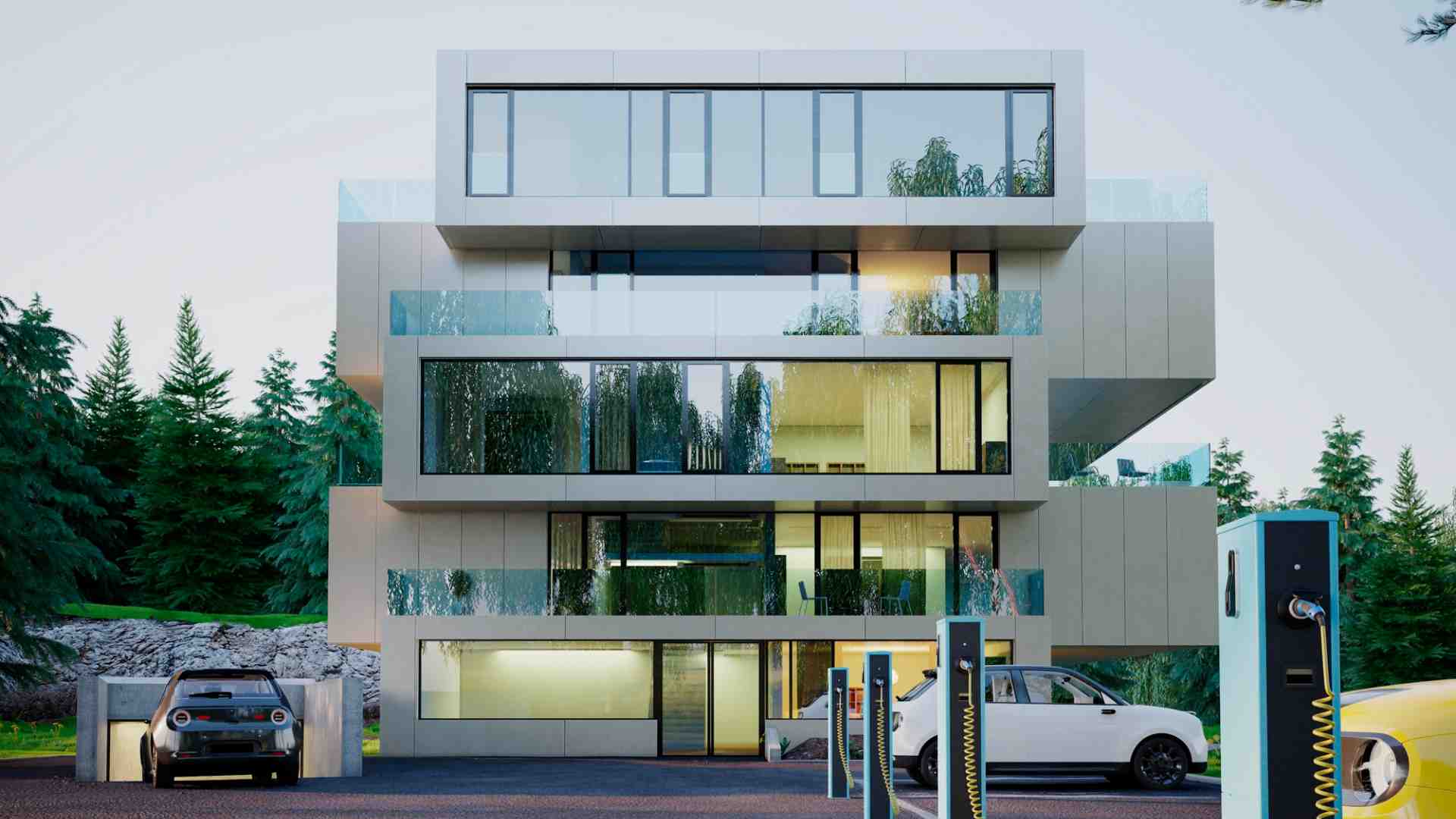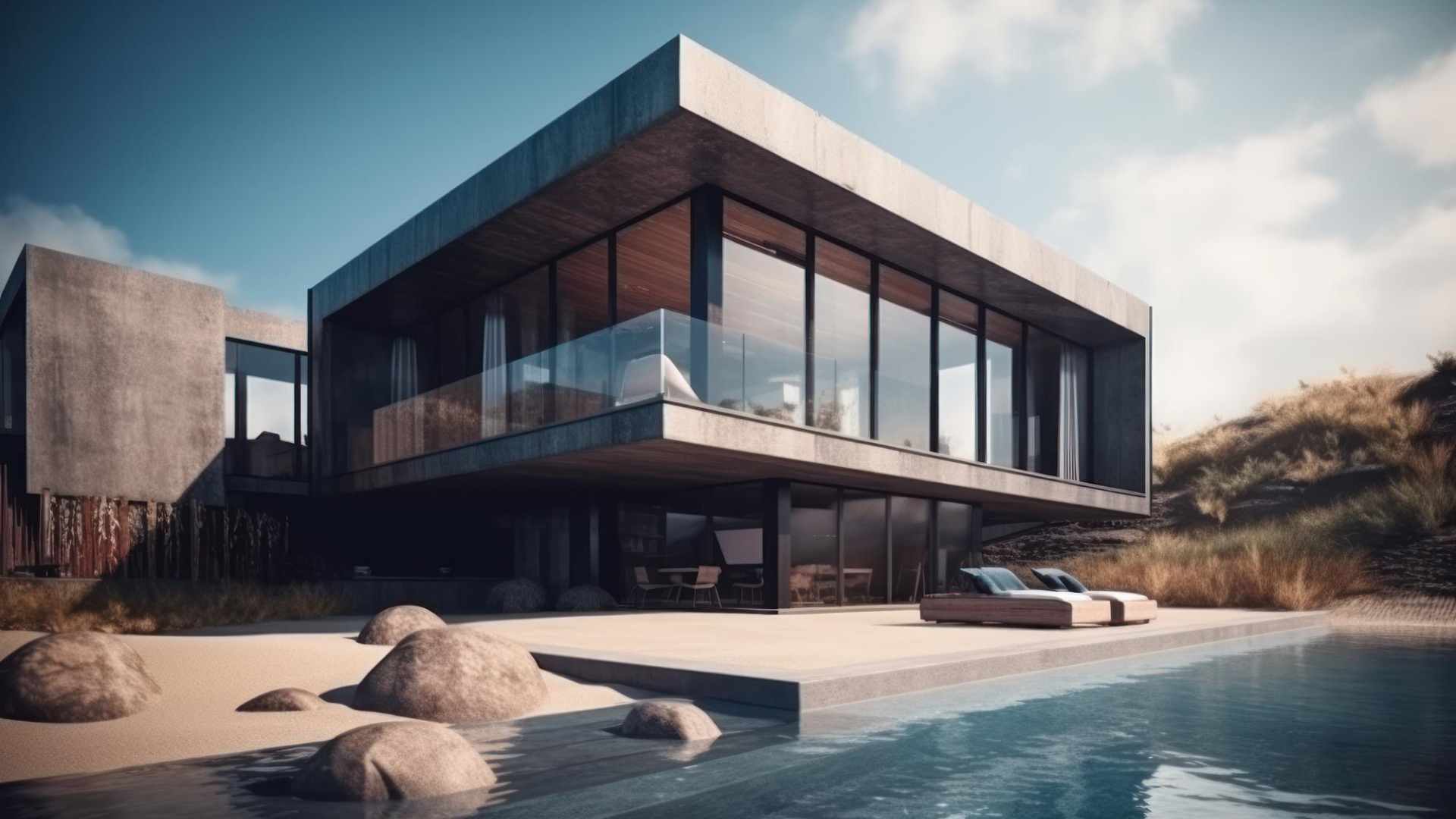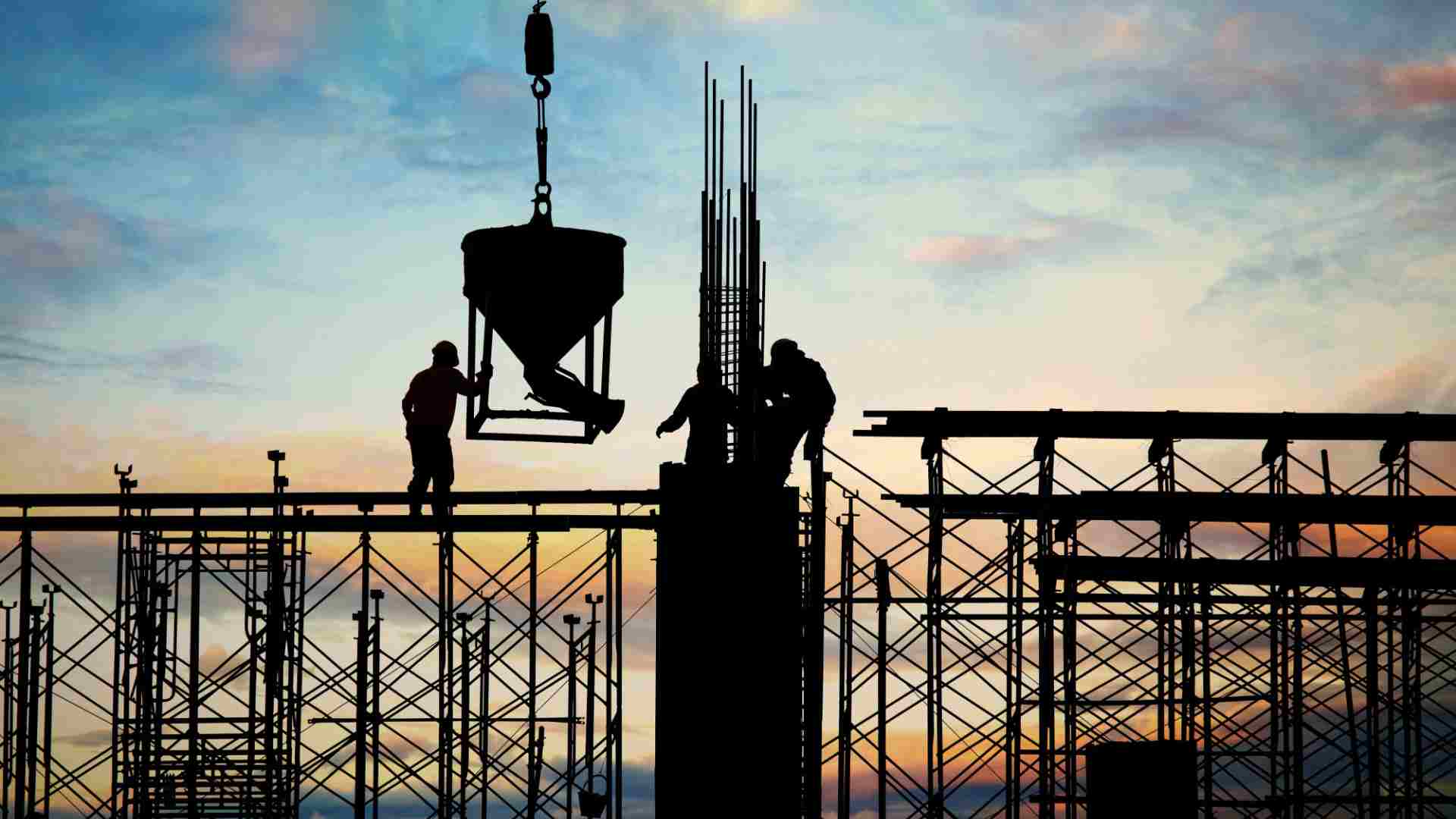
What to Look for When Investing in Residential Property
Investing in residential real estate remains one of the most reliable ways to build long-term wealth. But not all properties are created equal—and making the right investment requires more than just a good location. Whether you’re a first-time investor or adding to your portfolio, here are the key factors to consider when evaluating a residential property.
1. Location Is Still King
The golden rule of real estate holds true: location matters most. A desirable location means better appreciation over time, higher rental income, and lower vacancy rates. Look for areas with:
Good infrastructure and transportation
Access to schools, healthcare, and shopping
Upcoming developments or urban renewal plans
Low crime rates and a strong community feel
Even within a good city, micro-locations can vary—so pay attention to street-level details like noise, views, and sunlight.
2. Property Condition and Build Quality
Inspecting the physical condition of the home is essential. Hidden maintenance issues can turn a profitable investment into a money drain. Consider:
Age of the building and quality of construction
Structural integrity, plumbing, and electrical systems
Recent renovations or need for upgrades
Energy efficiency and smart home features
3. developer reputation
If you’re investing in a newly built or off-plan property, the credibility of the developer is critical. Choose builders known for quality, transparency, and timely delivery like Structura.
Research their previous projects, read reviews, and if possible, visit completed developments to assess construction quality and post-sale support.
Investing in residential property is as much about strategy as it is about structure. With careful planning, market knowledge, and the right property, you can secure not just returns—but long-term financial security.

The Future of Urban Living: Smart Homes & Sustainable Spaces
As cities grow and lifestyles evolve, so do the spaces we call home. The future of urban living is being redefined by two major forces: smart technology and sustainable design. Together, they are reshaping how we live, build, and interact with our surroundings—creating homes that are not only more efficient but more intuitive, personalized, and environmentally conscious.
Smart Homes: Designed for Modern Life
Smart homes are no longer a concept of the future they’re the new standard in urban development. From intelligent lighting and climate control to security systems and voice enabled devices, technology is being seamlessly integrated into every corner of the home.
These innovations don’t just add convenience; they enhance safety, reduce energy consumption, and allow residents to personalize their environment like never before. At Structura, we incorporate smart infrastructure from the foundation up, ensuring your home evolves with your lifestyle.
Sustainable Spaces: Building Responsibly
With growing awareness around climate change and resource conservation, sustainability is at the heart of modern construction. Today’s urban residences feature energy-efficient appliances, eco-friendly building materials, water-saving fixtures, and green spaces designed to improve air quality and wellbeing.
At Structura, we go beyond green certifications. Our commitment to sustainability means designing with purpose—creating structures that minimize environmental impact while maximizing comfort and durability.

From Blueprint to Reality: Inside the Construction Process
Behind every beautiful building is a story of vision, precision, and countless decisions. At Structura, we believe construction is more than just bricks and concrete — it’s a carefully choreographed process that transforms an idea into a tangible space. In this post, we’ll walk you through the key stages of the construction journey, from initial sketches to final handover.
Concept & Planning: Setting the Foundation
Every project begins with a vision. This stage involves defining the purpose of the space, understanding client needs, and outlining project goals. Our architects and planners collaborate to create a concept that aligns with both aesthetics and function.
Key activities include:
Site analysis and feasibility studies
Budget estimation and timeline planning
Regulatory assessments and permit preparation
Initial design concepts and client approvals
Join your neighbors for an eco-friendly social gathering as the day comes to a conclusion. Savor refreshments made with sustainable ingredients and have discussions on sustainable life. By fostering a sense of community.
michal clark
Design Development: Turning Ideas into Plans
Once the concept is clear, the design phase begins in full force. Here, abstract ideas become detailed plans through architectural drawings, 3D renderings, and structural layouts.
Space optimization and flow
Material selection and sustainability
Integration of smart technologies
Compliance with building codes and safety standards
Welcome to WordPress. This is your first post. Edit or delete it, then start writing!


